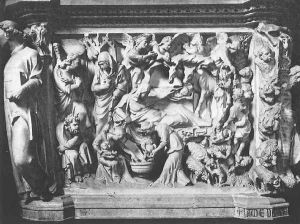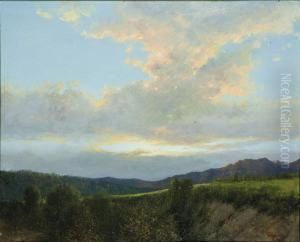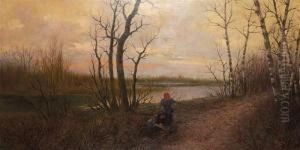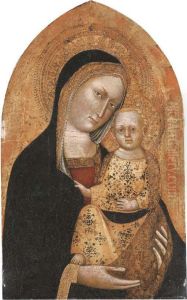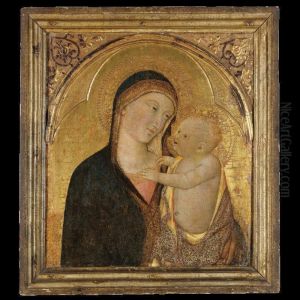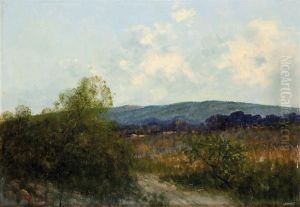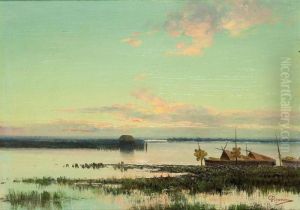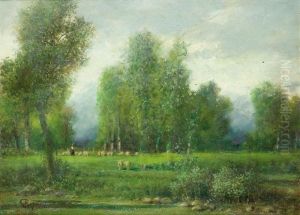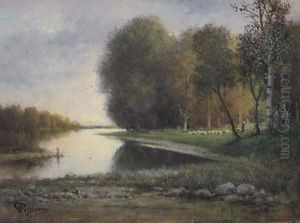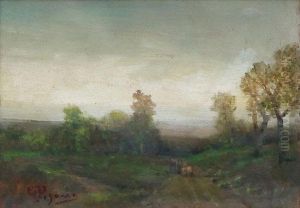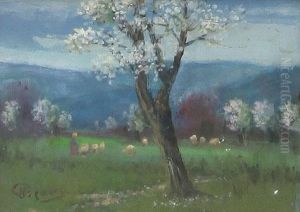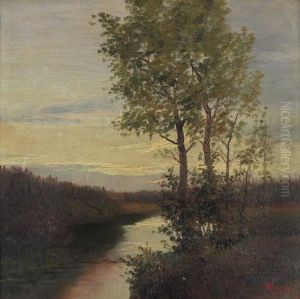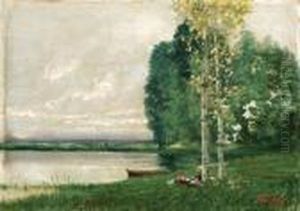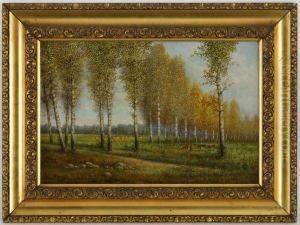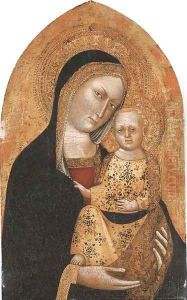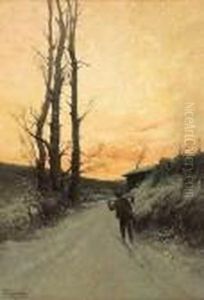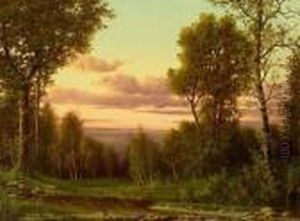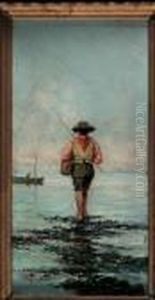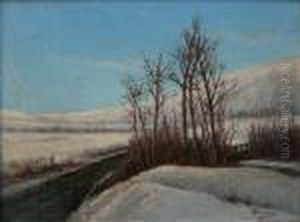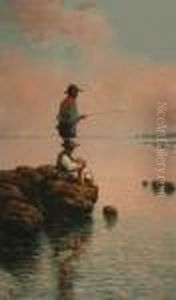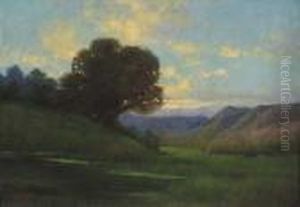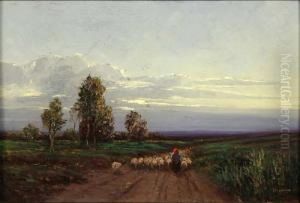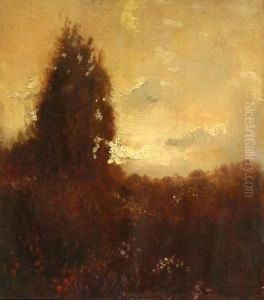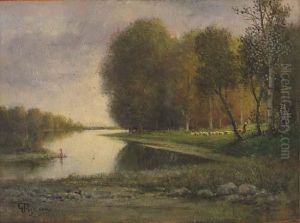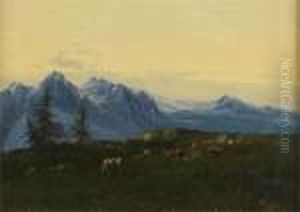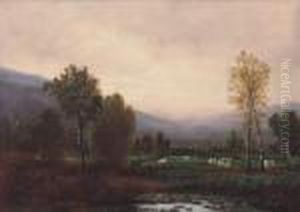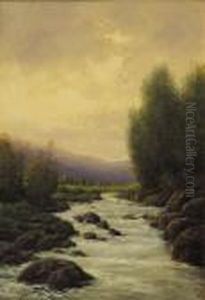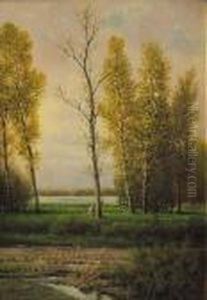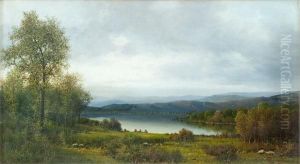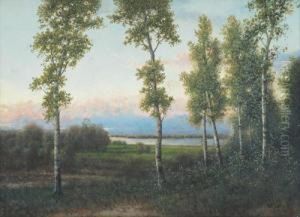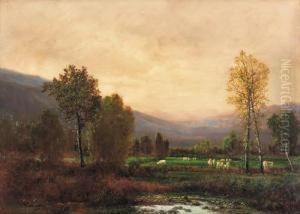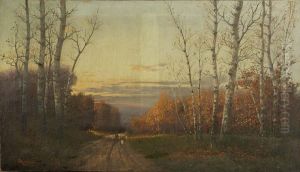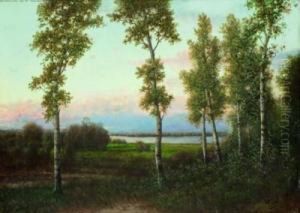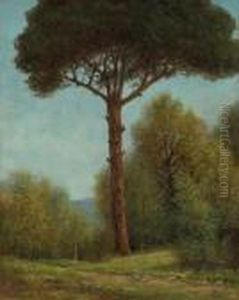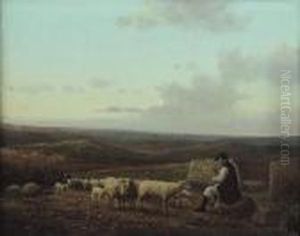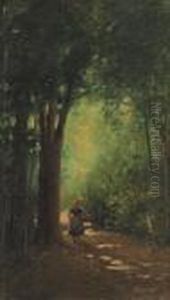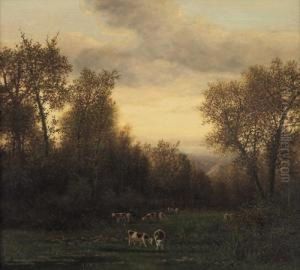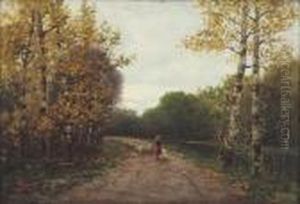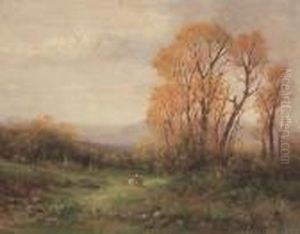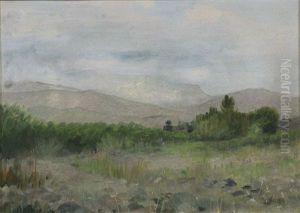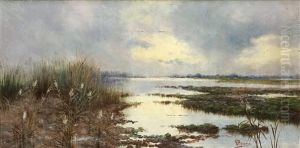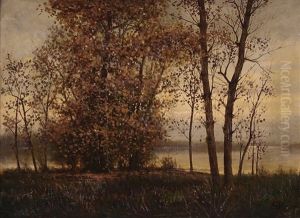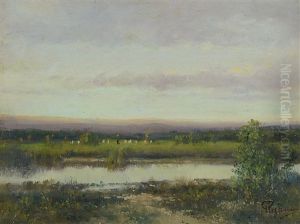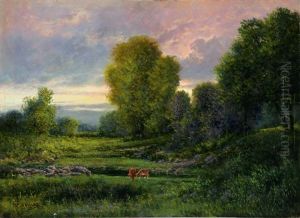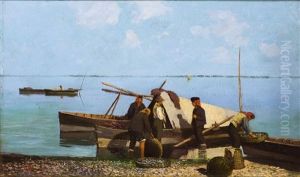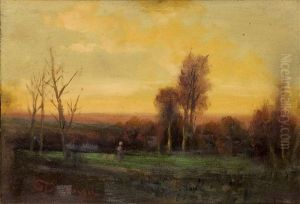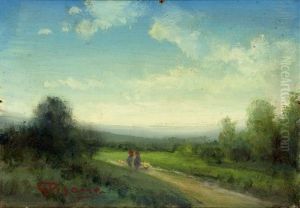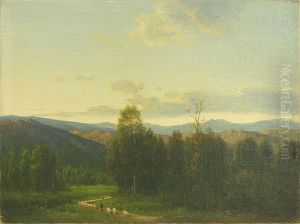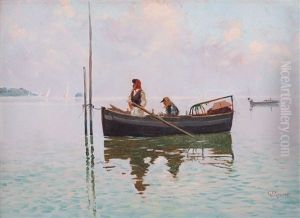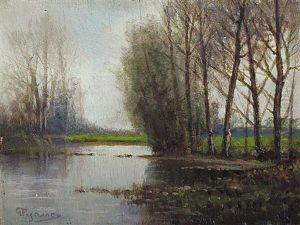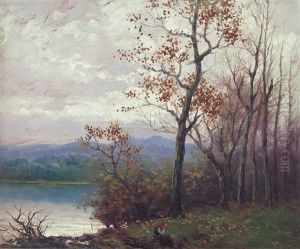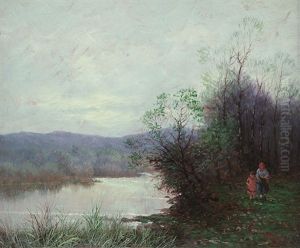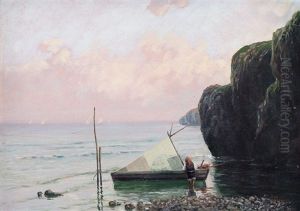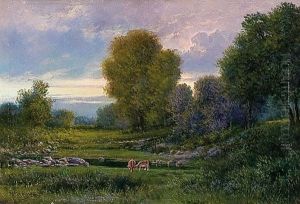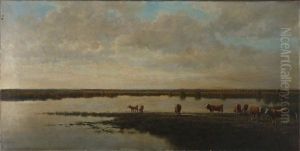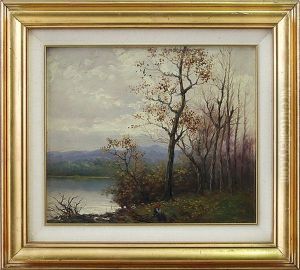Giovanni Pisano Paintings
Giovanni Pisano was an Italian sculptor, painter, and architect who played a significant role in the development of Italian Gothic sculpture. He was born around 1248, likely in Pisa, and was the son of the famous sculptor Nicola Pisano, with whom he often collaborated.
Giovanni's early works were heavily influenced by his father's style, which was characterized by a blend of classical and northern Gothic elements. However, Giovanni eventually developed his own distinct approach, integrating greater emotional expression and movement into his figures, thus contributing to the evolution of Gothic art in Italy.
One of Giovanni’s most notable collaborations with his father was on the Pisa Baptistry pulpit, completed in 1260. This work displays the transition between the Romanesque and Gothic styles. Giovanni also worked on the Siena Cathedral pulpit, completed in 1265-68, which is considered one of his masterpieces. The pulpit is renowned for its intricate reliefs depicting biblical scenes and its use of dramatic gestures and expressions in the figures.
Later, Giovanni worked independently on the Pistoia pulpit in 1301 and the Pisa Cathedral pulpit, completed in 1310. His works during this period reflect his mature style, characterized by dynamic compositions and an emotional intensity that foreshadowed the Italian Renaissance.
Giovanni Pisano also contributed to the field of architecture. He served as the chief architect of the Siena Cathedral between 1297 and 1315, during which he designed the façade's lower part. His architectural designs often included sculptural elements that enhanced the building's aesthetic appeal.
Despite his achievements, details about Giovanni Pisano's life are relatively scarce, and there is uncertainty about the exact date of his death. It is generally believed that he passed away sometime after 1314. His legacy is evident in the lasting influence he had on the Italian sculpture of the 14th century and beyond, bridging the gap between the Gothic and the early Renaissance styles.
![A Deacon [detail: the pulpit]](https://www.niceartgallery.com/imgs/249207/s/giovanni-pisano-a-deacon-detail-the-pulpit-61734a2d.jpg)
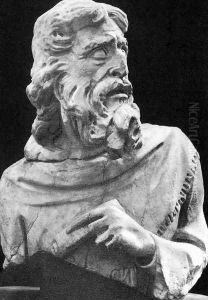
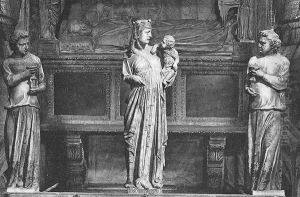
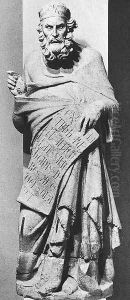
![Last Judgment [detail #1]](https://www.niceartgallery.com/imgs/249197/s/giovanni-pisano-last-judgment-detail-1-e2d1253a.jpg)
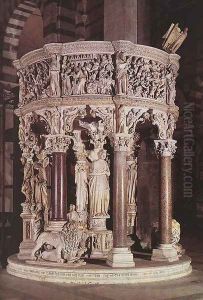
![Pulpit [detail# 1]](https://www.niceartgallery.com/imgs/249199/s/giovanni-pisano-pulpit-detail-1-76ac33ac.jpg)
![Sibyl [detail #1]](https://www.niceartgallery.com/imgs/249200/s/giovanni-pisano-sibyl-detail-1-2b4dc166.jpg)
![Plato [detail #1]](https://www.niceartgallery.com/imgs/249202/s/giovanni-pisano-plato-detail-1-5ff9c797.jpg)
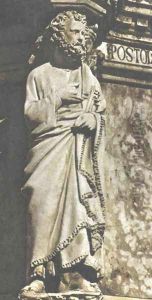
![Pulpit [detail #1]](https://www.niceartgallery.com/imgs/249204/s/giovanni-pisano-pulpit-detail-1-c225cc84.jpg)
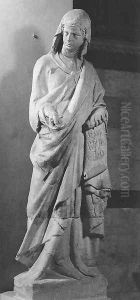
![Massacre of the Innocents [detail: the pulpit]](https://www.niceartgallery.com/imgs/249206/s/giovanni-pisano-massacre-of-the-innocents-detail-the-pulpit-b691ca75.jpg)
